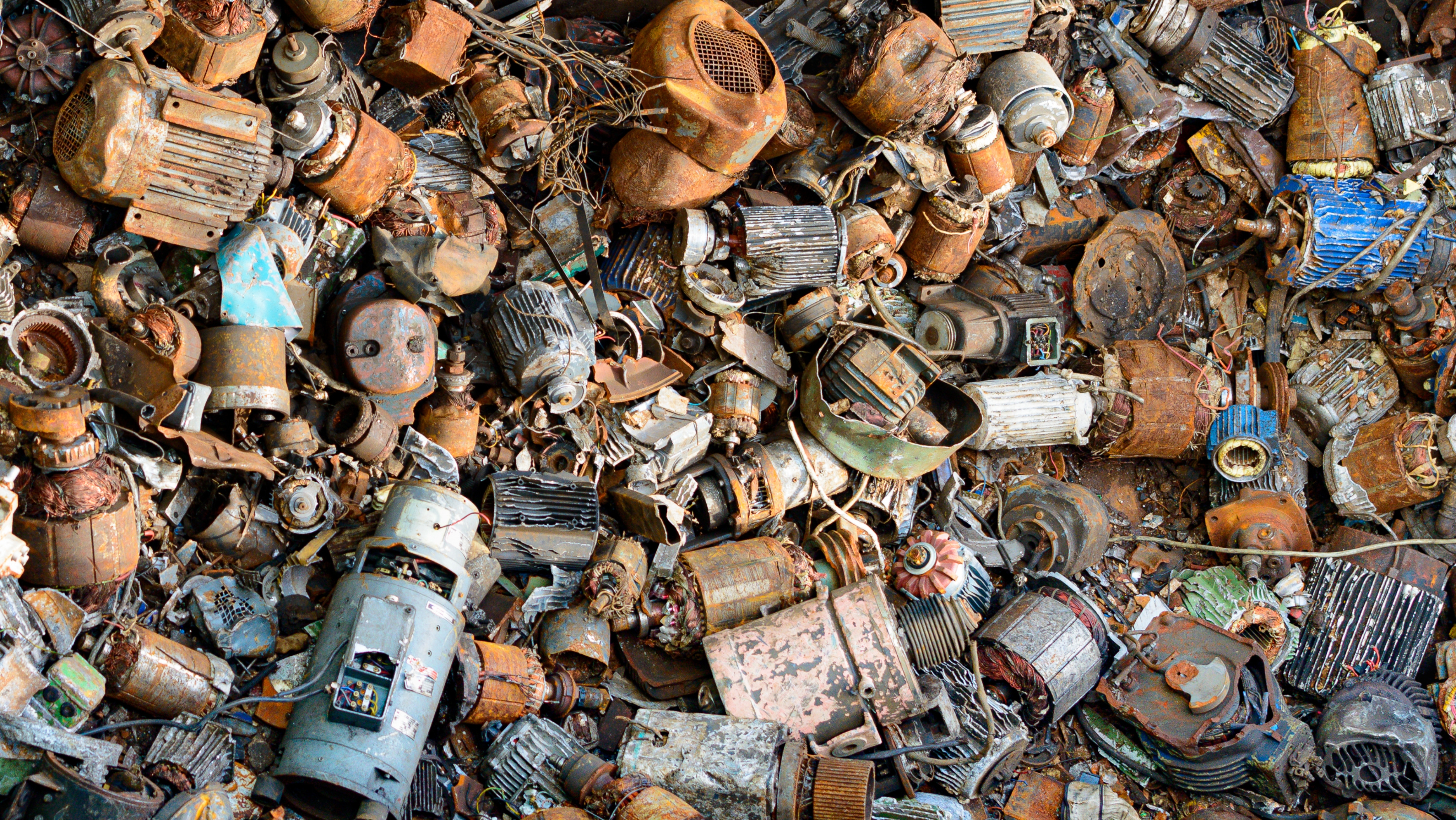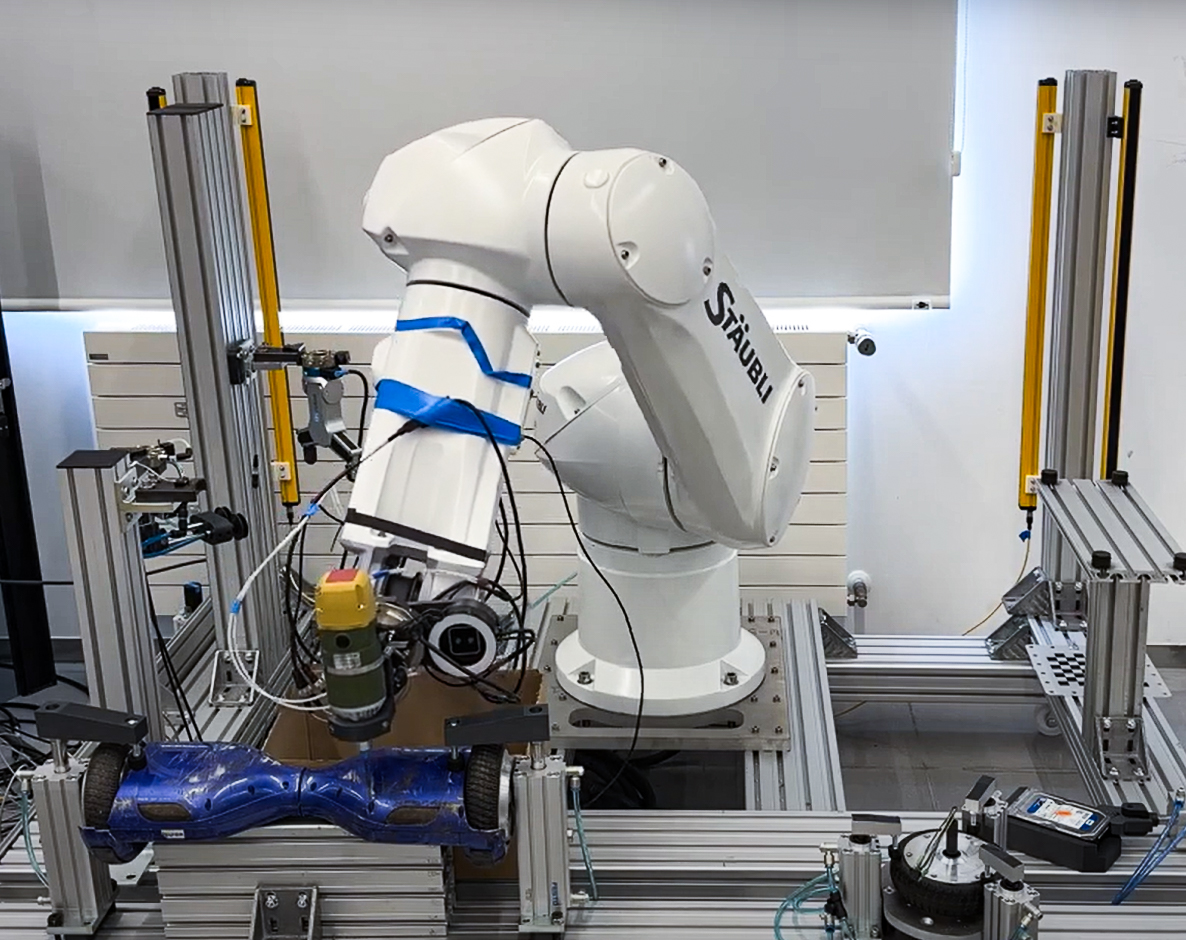News & Events
Europa advances towards self-sufficiency of rare earth elements thanks to the REEPRODUCE project

24 | 01 | 2024
Ceit continues to work on the REEPRODUCE project with a view to establishing a sustainable European value chain for the recycling of electrical and electronic waste, thus reducing its dependency on other countries.
Specifically, the centre is developing a pilot project to automate the recycling of waste from electrical and electronic equipment via technologies such as robotics, artificial vision and artificial intelligence.
The project, which got underway in 2022, will reach its halfway point this year, and the first results are already starting to be seen.
Europe is the world leader in the manufacture of products such as traction motors for cars and wind turbines. However, it is facing a critical dependency on China in terms of the import of permanent magnets deriving from Rare Earth Elements (REEs). This situation, which constitutes a risk to European autonomy and sustainability, has led to the launch of the REEPRODUCE project, which in turn seeks to establish a comprehensive value chain for the recycling of waste from electrical and electronic equipment (WEEE).
98% of rare-earth magnets used in Europe are currently imported from China, which means significant vulnerability in terms of the supply of essential raw materials for the manufacture of key technologies. The European REEPRODUCE project came into being in 2022 for the purpose of establishing a European WEEE value chain in order to reduce this dependency and promote sustainability.
The core objective of REEPRODUCE is to establish a sustainable and industrial value chain for the recycling of WEEE on an industrial scale for the first time in Europe – one that is capable of creating new subproducts from products at the end of their lifespan at a competitive cost and using environmentally-friendly technologies.
Funded by the EU Horizon Europe programme and coordinated by the Norwegian company SINTEF, REEPRODUCE is backed by a consortium comprising representatives from industry, research and European technology organisations, including the Ceit technology centre.
Ceit´s Role
Ceit plays a crucial role in the project by using state-of-the-art technologies such as robotics, artificial vision and artificial intelligence (AI) to develop a pilot project for the automated dismantling of components containing rare-earth magnets – specifically, neodymium (Nd)-based magnets which, in terms of energy, are one of the most powerful.

The Ceit researcher, Diego Borro, is at the helm of the initiative at the technology centre, which has managed to successfully automate 12 of the 15 dismantling tasks deemed necessary to dismantle and reach magnets contained in hoverboards. The ultimate goal is to create a prototype to enable all dismantling tasks of products such as hoverboards and hard disks to be automated, reaching components that contain neodymium magnets.
Apart from dismantling and obtaining materials extracted by Ceit, the entities that make up the consortium are working together to convert the materials recovered into raw material for the manufacture of new magnets.
Towards a more autonomous and sustainable Europe in terms of raw materials
The initiative seeks to improve the current recycling chain in order to obtain sufficient raw material in a more accessible and sustainable way. This approach not only promotes independence regarding imports, but also contributes towards environmentally responsible practices.
With such significant progress, the REEPRODUCE project constitutes a major step towards the construction of a circular economy for rare earth elements, thus boosting sustainability and self-sufficiency within the European Union.